Alabama’s Black Belt is part of the larger, national Black Belt region that stretches from Texas to Virginia. Geologically, the Alabama Black Belt is a wide swath of dark, nutrient rich, land that stretches across south-central Alabama between the Georgia and Mississippi state lines.
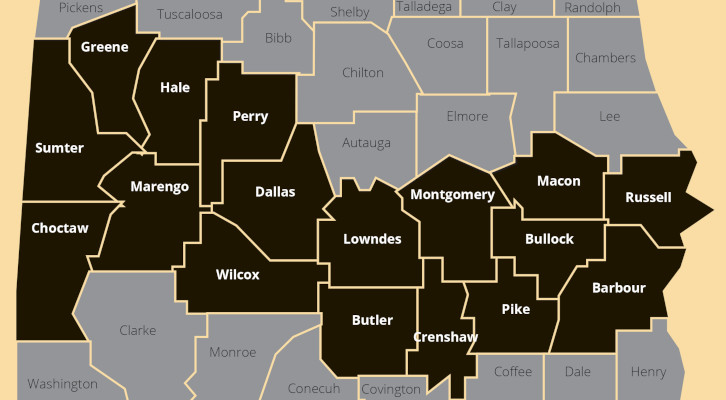
From an agricultural standpoint and when cotton was king, 17 Alabama counties were included in the region: Barbour, Bullock, Butler, Choctaw, Crenshaw, Dallas, Greene, Hale, Lowndes, Macon, Marengo, Montgomery, Perry, Pike, Russell, Sumter and Wilcox.
Prior to the Civil War, half of Alabama’s slaves were held captive within the Black Belt where the fruits of their labor made this one of the richest regions in the United States.
The wealth generated from this fertile land was one of the contributing factors that led to the secession movement in Alabama and the decision to join the Confederacy in 1861.
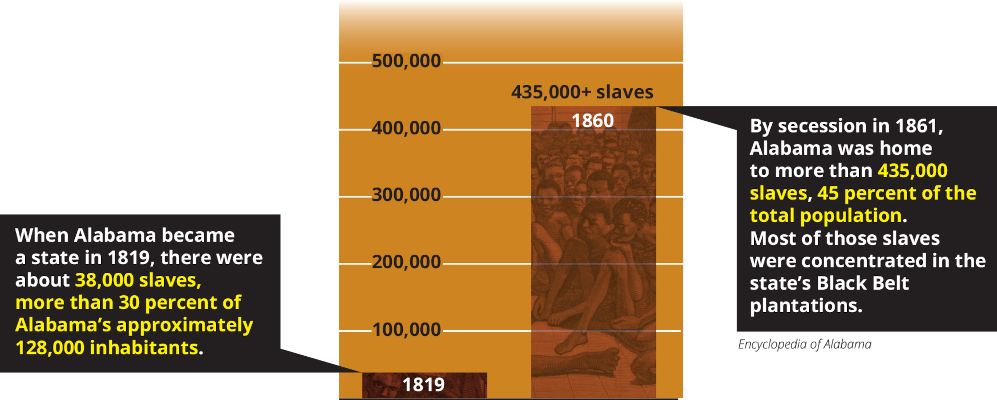
For a short period following the Civil War, African Americans were granted the right to vote and held several positions of power. However, when Reconstruction ended, once again wealthy landowners took control of the region and African Americans were denied the right to vote and stripped of every position of power they held.
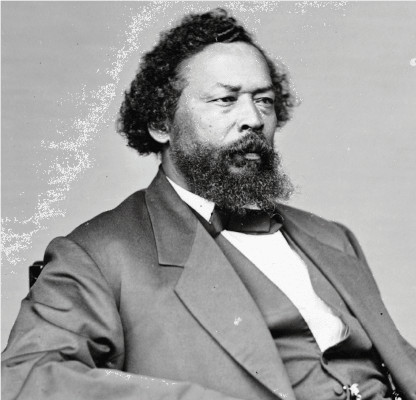
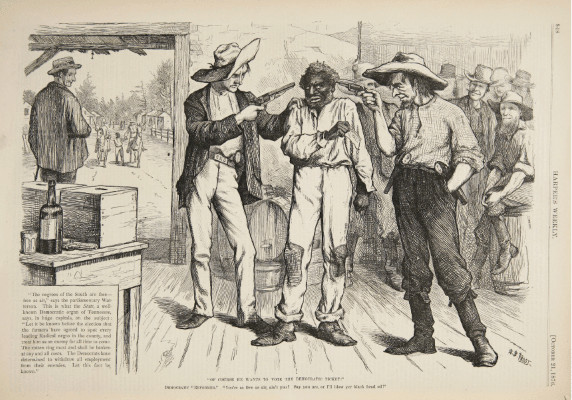
In the early 1900s, after years of poor land management, natural disasters, the Great Migration, and economic changes, the once wealthy and powerful Alabama Black Belt became one of poorest regions in the country. Many parts of the region are still struggling with excessive poverty today.
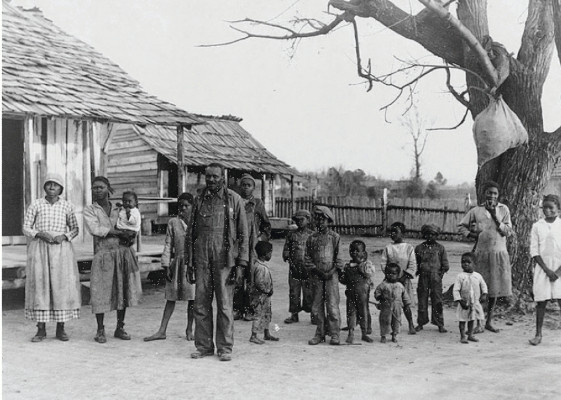


Ironically, the fertile soil that led to the rise of slavery in Alabama also served as the foundation for the Civil Rights Movement.
In the 1950s and 1960s the social justice tipping point occurred in the Black Belt. The oppressive Jim Crow laws and violent acts inspired disenfranchised African Americans to begin the Modern Civil Rights Movement.
Towns and cities within the Black Belt such as Tuskegee, Marion, Selma, Hayneville, Eutaw, and Montgomery became flashpoints that led to the fall of segregation and many of the repressive laws enacted to suppress African American progress within the state.
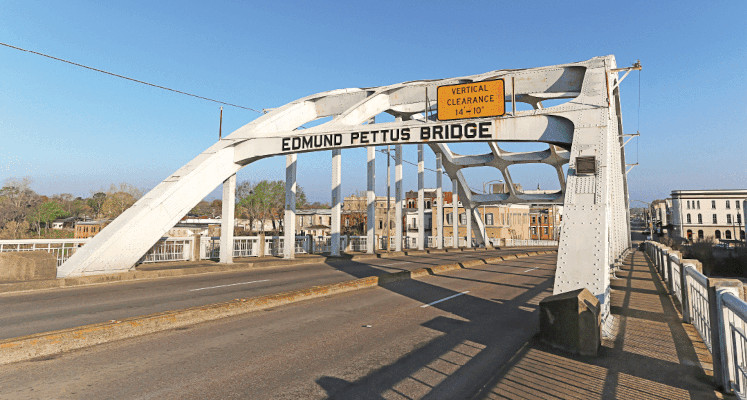

Two momentous Civil Rights events which drew international attention occurred in this region:
The Montgomery Bus Boycott from December 1955 to December 1956
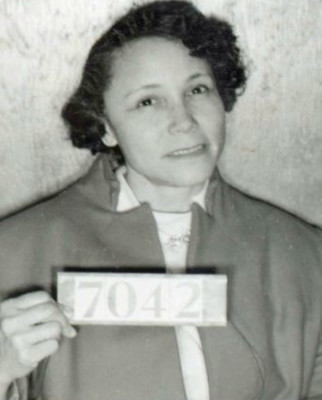
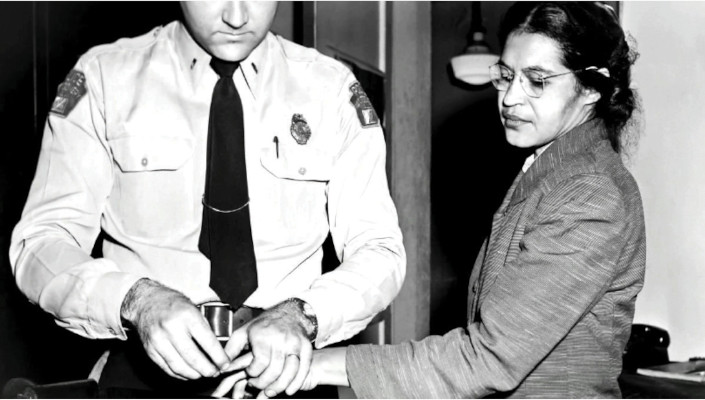
The Selma to Montgomery March (Bloody Sunday) in March 1965


Despite slavery, restrictive laws, and numerous obstacles placed before African Americans in the Black Belt, many successfully pushed through these barriers and blazed a trial for all.
A few notable individuals and groups include:

Civil rights activist, educator and historian; one of the youngest persons jailed during the movement.

Co-founder, Southern Christian Leadership Conference (SCLC)
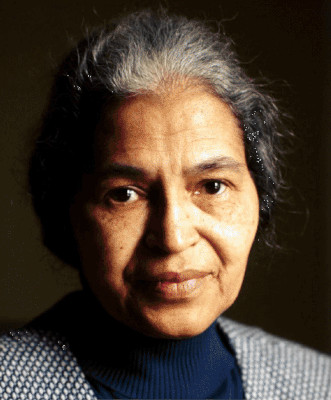
Civil rights activist, best known for her pivotal role in the Montgomery bus boycott.

Civil rights activist and author

Musician was the first African-American man to host an American television series.
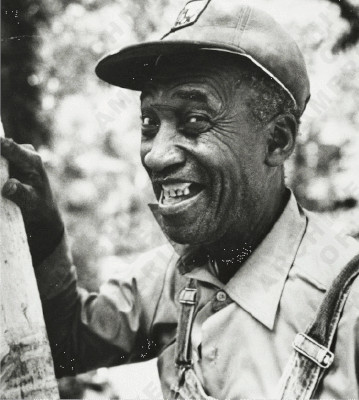
Self-taught folk artist and musician

The first African-American military aviators in the U.S. Armed Forces.

Their folk art creations have been exhibited in art museums across the U.S.


